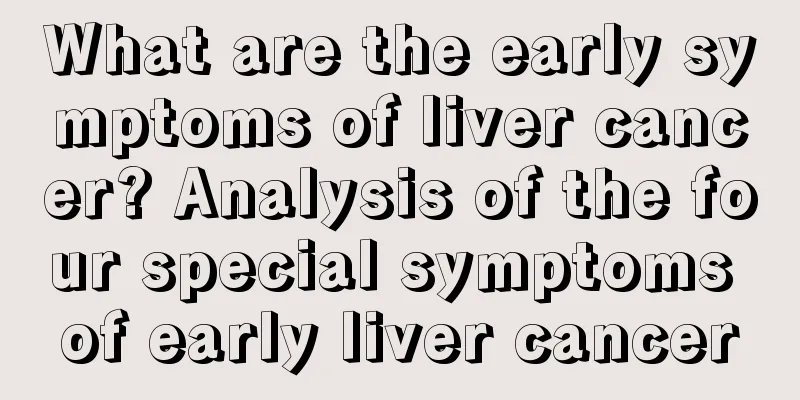What is the treatment for congenital nasolacrimal duct obstruction

|
Congenital nasolacrimal duct obstruction is relatively common in clinical practice, and the disease is most obvious in the neonatal stage. Many people want to know how congenital nasolacrimal duct obstruction is treated. For the treatment of congenital nasolacrimal duct obstruction, massage can generally be used first. 1. Congenital lacrimal duct stenosis can often resolve on its own within 6 months after birth. Use fingertip massage to squeeze the contents of the lacrimal sac into the nasolacrimal duct twice a day to accelerate the removal of blockage. In case of recurrent infection, antibiotic eye drops should be used intermittently. If the blockage cannot be resolved on its own, the lacrimal puncta should be dilated and the tear drainage system should be probed. Brief general anesthesia is often required for probing of infants. 2. Congenital means that the nasolacrimal duct is obstructed in infancy. During embryonic development, there is a layer of membrane at the exit of the nasolacrimal duct, which will disappear naturally in the late embryonic stage or just after birth. If this membrane continues to exist, the baby will have tearful eyes two weeks after birth. Parents will see that their babies are constantly shedding tears even if they are not crying. This may be congenital nasolacrimal duct obstruction. At this time, you should see an ophthalmologist as soon as possible, because it may also be congenital glaucoma, neonatal conjunctivitis and other eye diseases. 3. Once it is confirmed that it is congenital nasolacrimal duct obstruction, nasolacrimal duct massage can be performed first. That is, parents press the lacrimal sac on the inside of the eyelid with their thumb, and slide it forcefully along the nose wing toward the nostril, and use antibiotic eye drops on time to reduce bacterial infection. About 90% of infants will be cured before one year old. The other 10% of infants can be punctured with a nasolacrimal duct probe after one year old to puncture the membrane at the outlet of the nasolacrimal duct, and the cure rate can reach 90%. Some people also advocate nasolacrimal duct probe puncture before one year old, but no matter what, the later you seek medical treatment, if you delay it until the child is over two years old, it will be difficult to cure it with probe puncture, and surgery will be necessary. |
<<: What is tenosynovitis? It actually has these symptoms
>>: What is the purpose of Duhuo Xixin Decoction
Recommend
Sequelae of pacemaker implantation
Doctors often use pacemakers when performing resc...
What are the symptoms of pancreatic cancer recurrence
For a disease like pancreatic cancer, some clinic...
What foods can you eat to stay away from liver cancer? The seven main culprits of liver cancer
On October 23, at 5:30 pm, Da and Xiao S's fa...
Left diaphragmatic adhesion
Left diaphragmatic adhesion is a relatively commo...
Why does earwax smell so bad? It's caused by inflammation
The ear is one of our very important organs. If t...
How can I refresh myself
Nowadays, whether students or office workers, eve...
How to prevent and treat citrus canker?
As we all know, there are many kinds of ulcers on...
What are the symptoms of low thyroid stimulating hormone
Low thyroid-stimulating hormone may cause some di...
Wearing flip-flops for a long time in summer will hurt your legs and feet
In summer, many people like to wear flip-flops, t...
What are the methods to eliminate bad breath
Although bad breath is not a major disease proble...
What to do if esophageal cancer recurs six months after surgery
As we all know, surgical resection has always bee...
Will nerve damage caused by anesthesia heal on its own?
Generally speaking, during surgery, in order to a...
Is it normal for an iron pan to have black color after being wiped?
More people prefer iron pans when cooking because...
Will the children of schizophrenia inherit the schizophrenia if they marry and have children normally?
Schizophrenia is still relatively common in today...
Complete recipes for fruit and vegetable facial masks
Everyone loves beauty. We usually like to apply f...









